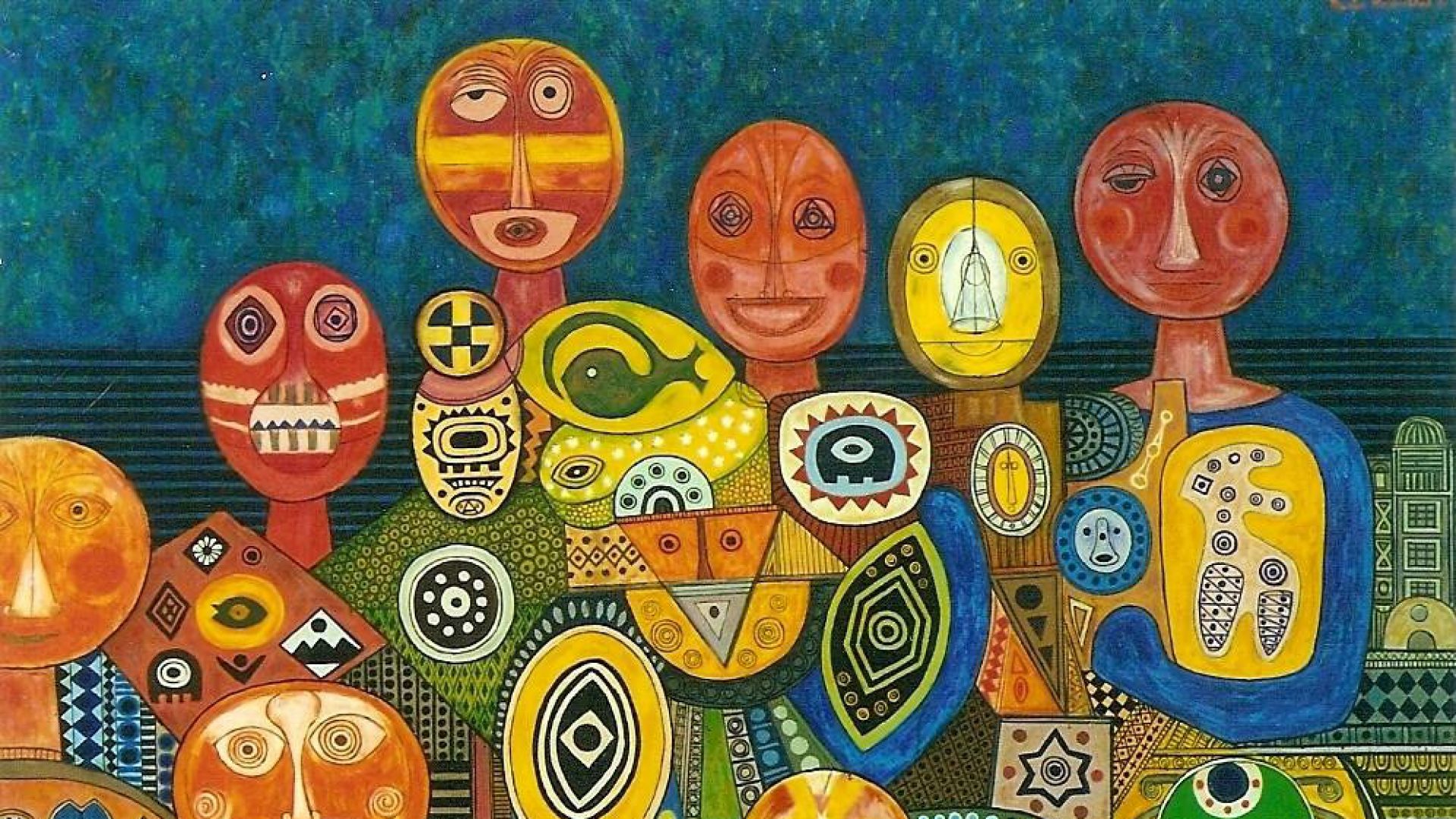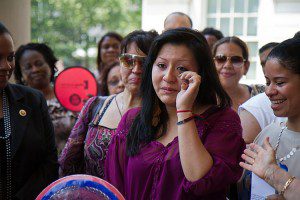The worrying rates of attempted suicide among Latina teens have garnered renewed attention after a survey released last month found that Hispanic girls considered or attempted suicide at dramatically higher rates than white or black non-Hispanic teens.
In an article for El Correo de Queens, reporter Karmina López covered a press conference at City Hall to bring attention to the findings in the 2011 Youth Risk Behavior Surveillance survey, released by the Centers for Disease Control and Prevention. An excerpt from her article is translated from Spanish below.
According to these newly published statistics, 11.3{e0067b7e5b7c4752141a12f40f20a1e8c5844cc9423417b188bf9480bfa224fe} of Hispanic girls attempted suicide last year in New York, compared with 14.7{e0067b7e5b7c4752141a12f40f20a1e8c5844cc9423417b188bf9480bfa224fe} in 2009, while 15.7{e0067b7e5b7c4752141a12f40f20a1e8c5844cc9423417b188bf9480bfa224fe} considered taking their own lives, compared with 19.9{e0067b7e5b7c4752141a12f40f20a1e8c5844cc9423417b188bf9480bfa224fe} two years earlier.
Although they are worrisome, these figures point to a slight improvement in a problem which has been affecting the area for several years.
“We are encouraged by the improving numbers in New York City which demonstrate that outreach and intervention can make a difference,” commented City Councilmember Julissa Ferreras. “However, our young Latinas are still contemplating ending their lives at alarming rates. We have much more work to do in order to continue saving lives and supporting families.”
Parents and young people who are worried about the level of suicides also attended the committee meeting, where it was pointed out that Latina adolescents seriously consider suicide in numbers alarmingly higher than those for any other ethnic group.
The causes of the suicides can vary from isolation, depression, and obesity to problems with “acculturation,” which is a culture shock for many young girls.
The data presented at the meeting highlight some advances thanks to public consciousness and intervention programs which offer services that are bilingual and culturally appropriate for the development of Latina teenagers and their families. Last year, the New York City Council Committee on Women’s Issues held a series of hearings on the question in order to understand it and discuss solutions.
“We know that culturally sensitive interventions that include the entire family can save lives,” added Dr. Rosa Gil. “We must continue to raise awareness and support efforts to help these young Latinas understand their self-worth and full potential.”
City Councilmember Diana Reyna, whose Brooklyn district is home to the anti-suicide program Life is Precious (La Vida es Preciosa), laid strong emphasis on the financing of effective programs. “We need to continue funding programs that are saving lives and making a difference in our communities,” she added.
Suicidal thoughts among immigrants are nothing new, reported Amelia Pang for the Epoch Times.
Jacqueline Rios, 17, of Brooklyn, credited suicide prevention group Life is Precious for getting her through depression. Without these kinds of organizations, “Latino girls don’t feel confident to talk to someone about it,” she said. (Photo by Benjamin Chasteen/The Epoch Times)
Beatriz Coronel, a program coordinator of Life is Precious, said she is familiar with the issue because her Ecuadorian mother attempted suicide when she was a teen.
“When they move to America, Latinas are isolated in many different ways,” Coronel said.
With a lack of communication, mental health resources, and culture shock, the problems young Latinas face today are the same as what women like her mother faced in past generations, Coronel said.
The number of females in grades 9 through 12 who have seriously considered suicide in the United States has risen 1.9 percent in the past two years, reaching a total of 19.3 percent in 2011—almost one in five female Latino students.
Latino females in the United States had the highest reported rates, with 21 percent having seriously considered suicide, according to CDC.
Back in March, the World Journal reported that suicide is also an issue for the Chinese elderly.
In other health-related news, earlier this month, Voices of NY did a round-up of how the Supreme Court’s ruling would affect different communities, including Latinos, 42 percent of whom do not have health insurance. In another El Correo de Queens article, Karmina López listed some benefits of health care reform for Latinos.
In other health-related news, earlier this month, Voices of NY did a round-up of how the Supreme Court’s ruling would affect different communities, including Latinos, 42 percent of whom do not have health insurance. In another El Correo de Queens article, Karmina López listed some benefits of health care reform for Latinos.

